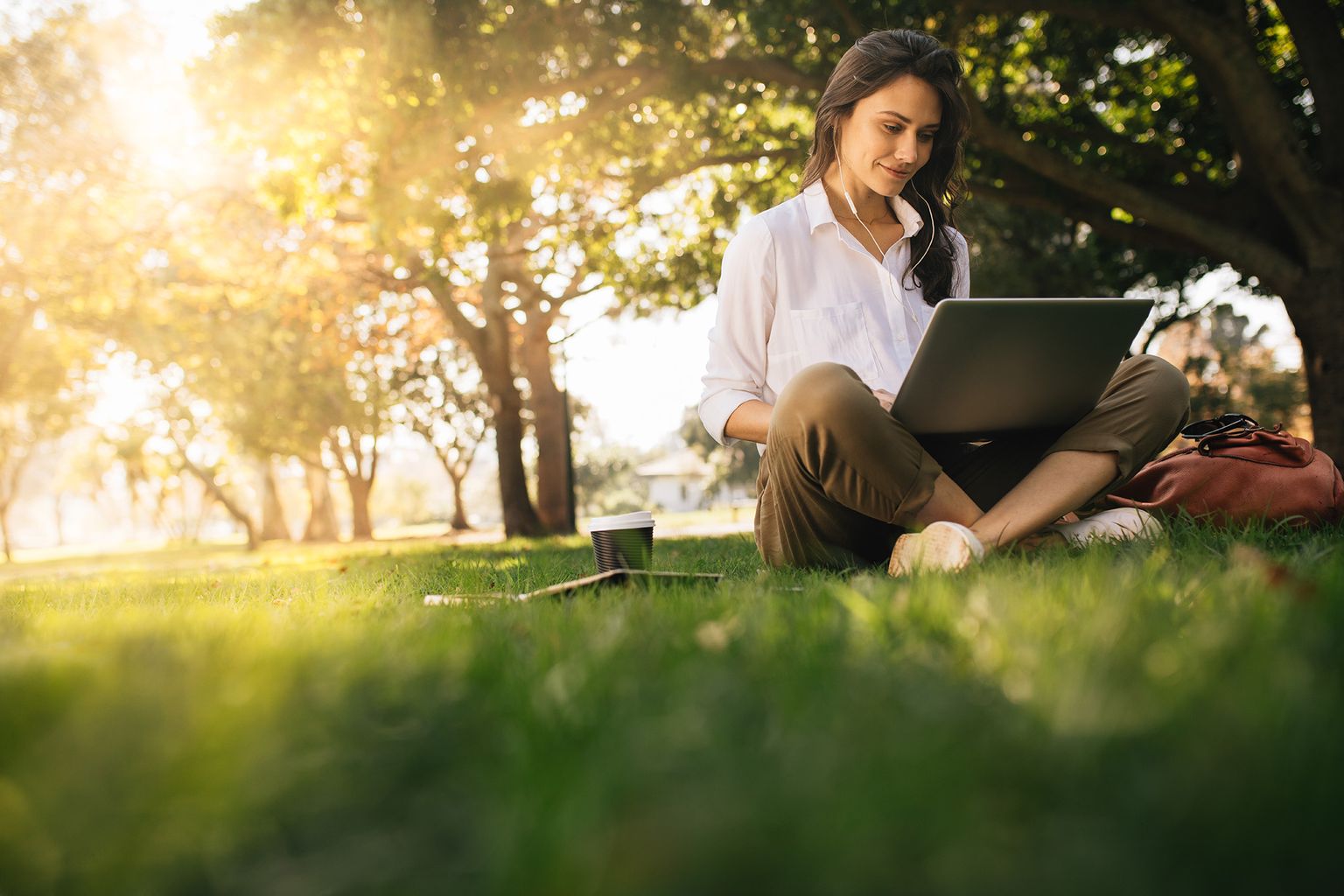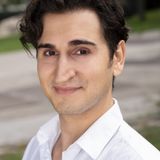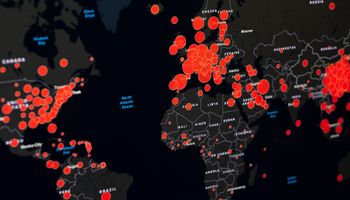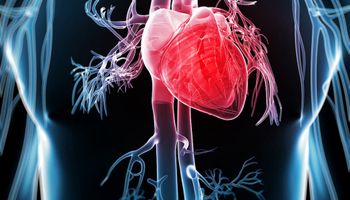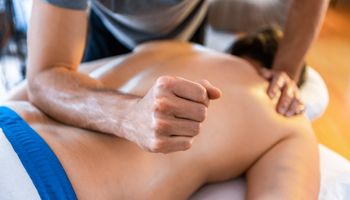Breast Cancer:
Breast cancer, or mammary carcinoma, is a malignant tumor of the breast. In this case, certain mammary gland cells in the body alter the genes and can multiply unhindered and uncontrolled. Consequently, they also destroy healthy body tissue through invasive growth and can spread throughout the body via blood vessels and form so-called metastases (tumours) at new sites. While the cancer occurs more frequently in women, its occurrence in men is rare. In Germany, approximately 69,000 women and 600 men are newly diagnosed with breast cancer every year. A distinction is made between different forms of breast cancer: invasive-ductal breast cancer (originating from the milk ducts), invasive-lobular breast cancer (originating from the glandular lobes) or rarer forms such as inflammatory breast cancer. Inflammatory breast cancer accounts for 1 - 4% of all breast cancers and is often not easy to diagnose due to the lack of a palpable tumor.
Anti-cancer properties:
The short-wave portion of solar radiation contains what is known as ultraviolet radiation. In the earth's atmosphere, UV-A and little UV-B radiation penetrates to the earth's surface. Thereby, vitamin D can be formed in the skin by the effect of UV-B radiation. According to studies, the well-known vitamin D may have anti-cancer properties - as the vitamin D receptor controls the transcription of genes (i.e. rewriting a gene from DNA to RNA) and thereby interferes with cell growth. These important biological processes are altered during carcinogenesis (tumor development). Vitamin D can also be obtained from other sources such as dietary intake or supplementation, although UV radiation accounts for the majority of vitamin D intake in humans.
Consequently, according to the study, office workers are thought to have lower vitamin D concentrations than people who spend a lot of time outdoors for work. According to scientists, in parallel with lower sun exposure in occupational and leisure environments, the incidence of breast cancer has increased. Although occupational outdoor activities can be considered a reliable measure of prolonged exposure to UV radiation, no data exist from previous studies that consider breast cancer incidence related to work.
To test this causality, researchers from the Danish Cancer Society and collaborators in Copenhagen have now, for the first time, studied female breast cancer, including its subtypes, in more detail. Since all Danish residents receive a ten-digit identification number at birth, it was possible to compare occupational activities of women born after 1946 with the incidence of cancer.
Danish study method:
In this study, a total of 38,375 women under 70 years of age with breast cancer were identified using the Danish cancer registry "Cancerregisteret", which had already been established in 1943. Five females born in the same year who were alive and free of breast cancer at the time of diagnosis were randomly selected as control subjects. To find out the complete employment data, the Danish Supplementary Pension Fund Register "Arbejdsmarkedets Tillægspension" was used. This is responsible for the distribution of pensions. With the help of a workplace exposure table, occupational UV exposure was investigated.
Significant results:
Here, the results of the study published in 2021 in the journal Occupational and Environmental Medicine showed that women who had long-term outdoor occupational exposure were less likely to develop breast cancer. However, causality was only evident after more than 20 years of work. According to the calculated odds ratio of 0.85, women with more outdoor occupations were 15% less likely to develop breast cancer.
Primarily, this association was limited to breast disease after the age of 50. Incidences that occurred at an earlier age showed a non-significant risk association of 6% less disease.
Is there an association?
Since the study researchers do not have any information about the intake of vitamin D or the leisure time behaviour of the persons examined, this study cannot prove a clear connection. Nor could the analysis take into account recognised risk factors that may influence breast cancer risk (lifestyle factors such as alcohol consumption or physical activity, medical and genetic factors such as hormone treatments). However, it should be noted that according to previous studies, office workers showed lower blood vitamin D levels on average.
Conclusion:
According to the study, there is an inverse association between long-term occupational UV exposure and later life onset breast cancer. To prove significant causality, further occupational studies are needed to overcome such problematic factors. Because of the recognized effectiveness of vitamin D in the human body and the consequences of vitamin D deficiency, it is generally beneficial to pay attention to one's vitamin D status during leisure time.

